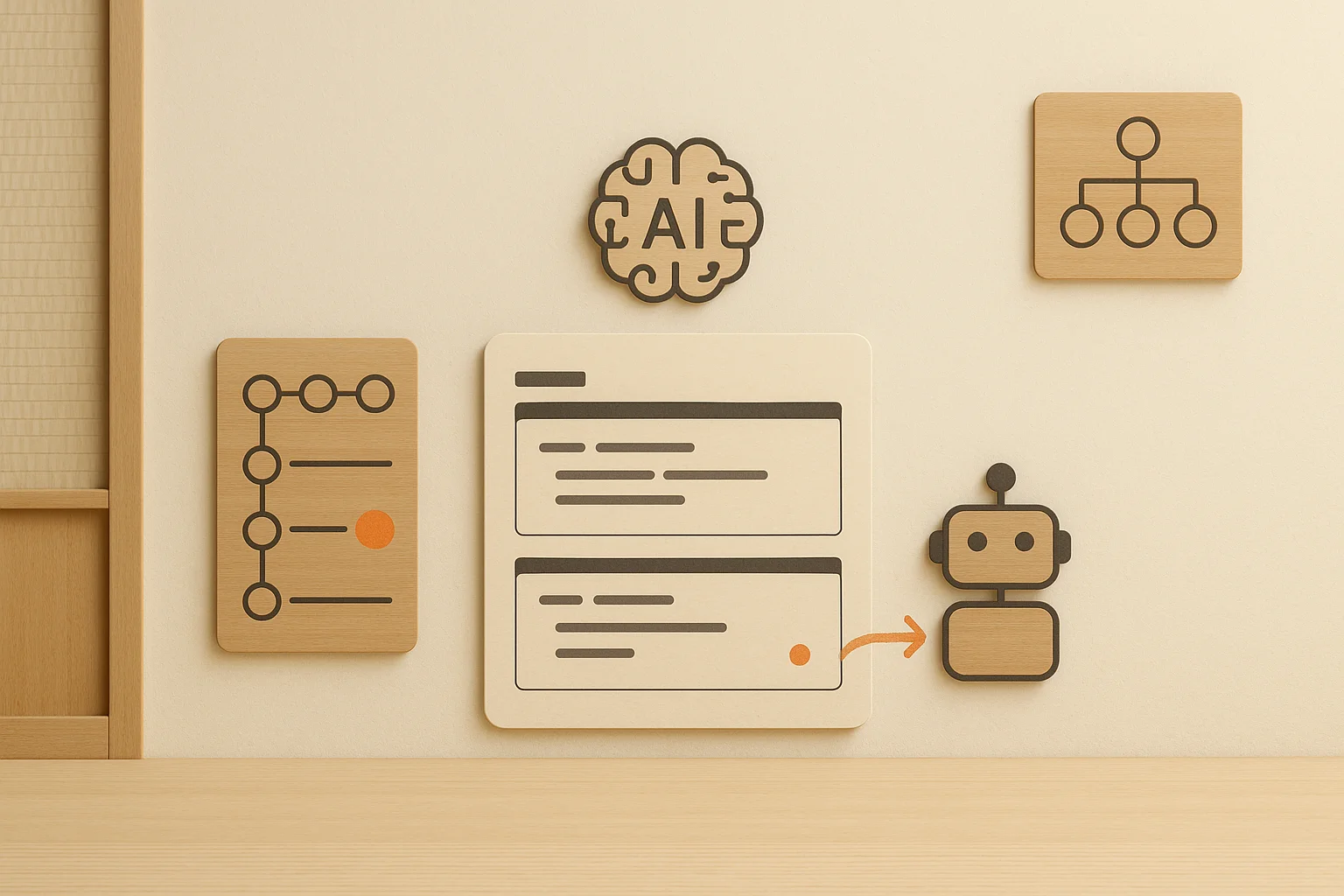Static Code Analysis: A Practical Playbook for Engineering Leaders

Engineering leaders face a predictable mix of quality debt, security incidents, and compliance friction—usually surfacing at the worst time. Static code analysis is one of the most efficient levers to bend that curve. Done well, it reduces review overhead, prevents expensive bugs from reaching production, and creates an auditable signal for leadership without slowing senior engineers.
Key Takeaways
- Think blueprints before crash tests: Static analysis is the blueprint check — it prevents design flaws early, so dynamic tests validate resilience instead of catching preventable mistakes.
- Static analysis scales quality: It enforces consistent standards across teams and codebases without adding reviewer burden.
- It’s one piece of the puzzle: Paired with practices like dynamic analysis, it reduces late‑stage surprises and builds organizational confidence.
- AI makes it indispensable: As code is generated faster with AI tools, static analysis ensures quality and security keep pace with velocity.
What Is Static Code Analysis?
Static code analysis is the automated examination of source code without executing it. It flags potential defects, security vulnerabilities, maintainability issues, and policy violations using rules, AST parsing, and data‑flow analysis. For managers, the win is leverage: consistent standards, lower reviewer burden, and auditability across repos.
If your teams ask, “what is static code analysis” or “what is static analysis of code”, the short answer is: it’s how you enforce code quality and security standards automatically at commit and PR time—before defects hit users.
How Static Code Analysis Works
At a high level, tools parse source code into structures like an abstract syntax tree (AST) and apply rule‑based and data‑flow analysis to find issues without executing the program. See OWASP: Static Code Analysis for more information.
The Continuous Loop: Scan → Detect → Feedback → Improve
Scan
Analyze the source code automatically during development or integration, catching issues before execution.
Detect
Identify and categorize findings by severity, so critical issues are clear and noise is minimized.
Feedback
Developers get results quickly, fix issues with provided context, and keep code moving forward.
Improve
Teams refine rules and learn from recurring patterns, using insights to guide refactors, prevent repeats, and strengthen shared practices.
Key Benefits
- Fewer bugs later: Issues are caught before staging or production.
- Safer by default: Reduces risks like hard‑coded secrets and injection‑prone code.
- Clear guardrails: Shared, automatic checks reduce nitpicks and review churn.
- Consistency: The same standards apply across repositories and teams.
Static vs Dynamic Code Analysis
Static and dynamic analysis solve different problems. Static prevents many defects from ever merging; dynamic validates behavior in real environments.
Static code analysis is like reviewing a car’s blueprints to catch design flaws before anything is built, while dynamic code analysis is like putting the finished car through a crash test to see how it holds up in the real world. Both are indispensible.
| Dimension | Static Code Analysis | Dynamic Code Analysis |
|---|---|---|
| When it runs | Pre‑merge, CI, pre‑commit | Tests, staging, production |
| Executes code? | No | Yes |
| Issues found | Security (SAST), correctness, style, complexity | Runtime errors, performance, memory, environment |
| Best use cases | Shift‑left enforcement and standards | Real‑world validation and integrations |
| Stakeholders | Devs, EMs, DevSecOps | QA, SRE, AppSec |
| Integration | PR checks, quality gates, dashboards | Test suites, load tests, observability |
Frequently Asked Questions
What is static code analysis?
It’s the automated review of source code without executing it to detect defects, security vulnerabilities, and policy violations. It enforces consistent standards and catches issues early, improving auditability and reducing rework.
What is Shift-left?
Shift‑left means moving quality and security activities closer to code authoring and review so issues are found when they’re cheapest to fix. In practice, this looks like pre‑commit checks, PR gates, and CI enforcement on changed code.
What is Security (SAST)?
SAST (Static Application Security Testing) analyzes source code, bytecode, or binaries without executing them to detect security vulnerabilities (e.g., injection risks, insecure deserialization, hard‑coded secrets). It’s a security‑focused form of static code analysis typically enforced at PR and CI time.
Static vs dynamic code analysis—what should we do first?
Start with static to prevent high‑impact issues from merging, then add dynamic to validate runtime behavior, performance, and integrations. The combination yields the best coverage with minimal disruption.
How do we roll out static analysis without slowing developers?
Begin with warnings and a curated ruleset on a small set of repos, baseline existing issues, enforce on changed code only, then add blocking gates for critical severities once false positives are under control.
Conclusion
Static analysis isn’t about chasing perfection — it’s one piece of the puzzle in building resilient systems. By catching issues early and setting a shared quality baseline, it reduces surprises later and lets your team focus on delivering reliable software at speed.
References
- OWASP Code Review Guide —owasp.org/www-project-code-review-guide
- OWASP ASVS —owasp.org/ASVS
- NIST SSDF (SP 800‑218) —csrc.nist.gov/Projects/SSDF
- CERT Secure Coding Standards —sei.cmu.edu … Coding Standards
Make Static Analysis Actionable, Not Noisy
Propel adds context-aware, PR-native checks that catch critical issues early while keeping velocity high. Roll out quality gates confidently across teams.


